This is the newsletter version of Sara by the Season, where I explore a little bit of everything that’s on my mind as I try to lean into nature’s wisdom and rhythms. You can listen to me read you the newsletter by hitting play above - or you can click the little link above and to the right to play in your favorite podcast player. If you know someone who would like this sort of thing, I’d be so grateful if you would share it!
The kids and I were thinking about waking up for the Geminid meteor shower back in December, but as I was researching the best time to view them, the article said that you really need to plan to be outside in the dark for up to two hours before viewing nighttime sky events because your eyes need that long to adjust to the darkness so that you can actually pick out the falling stars once they start. Needless to say, I could not convince the kids to go outside with me starting around 2am for a 3-4 am meteor shower in the middle of December.
I can’t stop thinking about this idea that you can’t see the meteor shower unless you’ve sat in the dark for long enough for your eyes to adjust to the darkness. Winter is the season that we’re invited to sit with darkness, to see her as our teacher instead of something to be feared. But us Americans live as if it’s perpetual summer with our climate control, electric lights, and nearly everything available to us with a few clicks of our keyboard and some money in the bank. We (myself included, of course) barely give ourselves over to the darkness of the middle of the night without doing something to distract ourselves from it, let alone sit with the darkness long enough for our eyes to adjust and be able to see what lessons there might be for us there.
I recently read Clark Strand’s Waking Up to the Dark, and, in it, he references a study done by Thomas Wehr, former chief of the Clinical Psychobiology Branch of the National Institutes of Mental Health, in which Wehr attempts to determine the sleep habits of prehistoric humans. For the study, Wehr tried to recreate the conditions that prehistoric humans would have faced at the location of his lab in midwinter. Without alarms or artificial lighting, the participants slept around eleven hours per night for the first few weeks of the study, sleeping seventeen hours more than they would have under normal conditions during the first few weeks of the study, probably making up for their sleep debt from their normal lives. Then after three weeks, the participants’ sleep patterns stabilized to about eight and a quarter hours per night - but, interestingly, it wasn’t eight hours all at once. According to this NYT summary of the study:
Each night the volunteers lay in a state of quiet rest for two hours before passing abruptly into sleep. They slept in an evening bout that lasted four hours. Then they awoke out of REM sleep into another two hours of quiet rest, followed by another four-hour bout of sleep and another two hours of quiet rest before rising at 8 A.M. This pattern of divided sleep, separated by rest, is called a bimodal distribution of sleep, and it is typical of the sleep of many mammals living in the wild, which is to say that it is atypical of humans living in modern Western society…Bimodal sleep, punctuated by quiet rest, was a pattern to which modern Americans reverted almost as soon as they were given the chance.
Strand argues that we’ve lost more than sleep by artificially keeping darkness at bay. By squishing our sleep into seven-eight hour blocks where we’re too exhausted not to sleep through the night or medicating or numbing away those quiet rest periods when they arrive, we’ve lost our ability to sit with the lessons the darkness teaches. For most of human history, those quiet times in the middle of the night were a time for dreaming, sex, meaning-making, and just being - without efforting or striving. Strand writes, “[modern people] no longer have any reliable access to the non-physical realm and that has everything to do with electrical lighting and our modern habit of staying up so late that our bodies have no choice but to sleep straight through the night.” Even the scientist Thomas Wehr, reflecting on the results of the study, sounding very mystical, summarizes, “it is tempting to speculate that in prehistoric times, this [sleeping in two blocks] arrangement provided a channel of communication between dreams and waking life that has gradually been closed off as humans have compressed and consolidated their sleep. If so, then this alteration might provide a physiological explanation for the observation that modern humans seemed to have lost touch with the wellspring of myths and fantasies.”
Even the black-and-white scientist recognizes our separation from the spiritual realm and wonders what kinds of effects it is having on us. If our eyes need to adjust to the darkness to even be able to see a meteor shower, how much more do we communally need to readjust to the darkness to be able to learn all that she has to teach us? Our culture refuses to sit with the dark. Even on the winter solstice, the longest night of the year, all of the emphasis is on the growing light instead of learning to get comfortable with the darkness. As soon as mid-January comes around, much of our conversations start to center around how much we can’t stand winter and our excitement for spring. Strand argues, convincingly, that we are missing out on half of our existence by filling our consciousness with so much light and so little willingness to be in the dark, arguing that “we have demonized the dark along with half of what is good within us.”
We tend to push away the so-called darker emotions: sadness, grief, fear, loneliness. But all of our great wisdom traditions, as well as Psychology 101, teach us that it is in learning to sit with the spectrum of emotions we experience without reacting to them is where freedom arises. Our culture equips us with all sorts of ways to fight off, numb, or ignore the darkness, but our fullest, freest lives only come from learning to embrace the full spectrum of our experience - both the light and the dark.
I’m not planning on giving up my electricity anytime soon, but I’ve been experimenting with a few things lately to help me grow more comfortable with my darker side. I used to ask one of the kids to take Wendell out for the last time before bed, but lately, I’ve been taking him out without a flashlight and walking deep into our backyard where the city lights are dimmer and the darkness is deeper. Most nights, I see something beautiful I would have otherwise missed. I’m learning how the planets move through the night sky. I’m noticing the difference in the night-to-night shape of the moon instead of only going out on full moon evenings. Some nights I get a little spooked, which is good for me too.
Probably because of my season of life, I wake up in the middle of the night most nights. Since reading Waking Up to the Dark, I’ve been thinking of it as a thin space instead of an annoyance. I pray or meditate or write down my dreams instead of my previous habit of getting increasingly annoyed that I’m awake in the middle of the night when I should be sleeping. The funniest part is that, by enjoying the quiet and stillness available during those middle-of-the-night wakeups, I tend to fall asleep before my prayer and mindfulness practice is even over1.
Meteorological winter is over, yes, but our opportunity to embrace the darkness remains. It isn’t just our eyes that must adjust to the darkness in order to see; our minds, spirits, and whole bodies must experience actual darkness in order for us to adjust enough to see - figuratively and literally - the “half of what is good within us” that we’ve been missing by refusing to sit with the darkness, let alone settle into it for awhile.
Scattering Seeds
I’m always finding stuff that supports the thesis of the book I’m writing on the benefits of leaning into nature’s wisdom, so I thought I could start sharing those links and things here with all of you in hopes of some of the seeds I share germinating into something beautiful at your place.
Clarissa Pinkola Estés, in this series of talks titled Seeing in the Dark, uses the word medial to describe the ability to see both the world of the ego and the world of the soul. If you’re looking to dig more deeply into the invitation of the darkness, Estés is the place to start. P.S. My Hoopla app had all of these talks on there in case your library has Hoopla too.
If you, like me, wanted more details on the history of our sleeping patterns after reading about Wehr’s study above, check out these:
Way more details on biphasic sleep over the centuries from the BBC.
The anthropology of sleep and how varied it is from what little we’ve learned.
The rise of insomnia as we stopped sleeping in shifts.
Clark Strand in Waking Up to the Dark and in this article argues that the invention of the incandescent lightbulb was “the spiritual tipping point that would eventually guarantee the excesses of the twentieth century, from world wars to climate change to the widespread pollution of rivers, lakes, and streams.” It seemed far-fetched when I first read it, but it’s one of those things that won’t stop circling in my brain either.
Here’s to finding some ways to adjust to the dark in the weeks ahead,
Sara




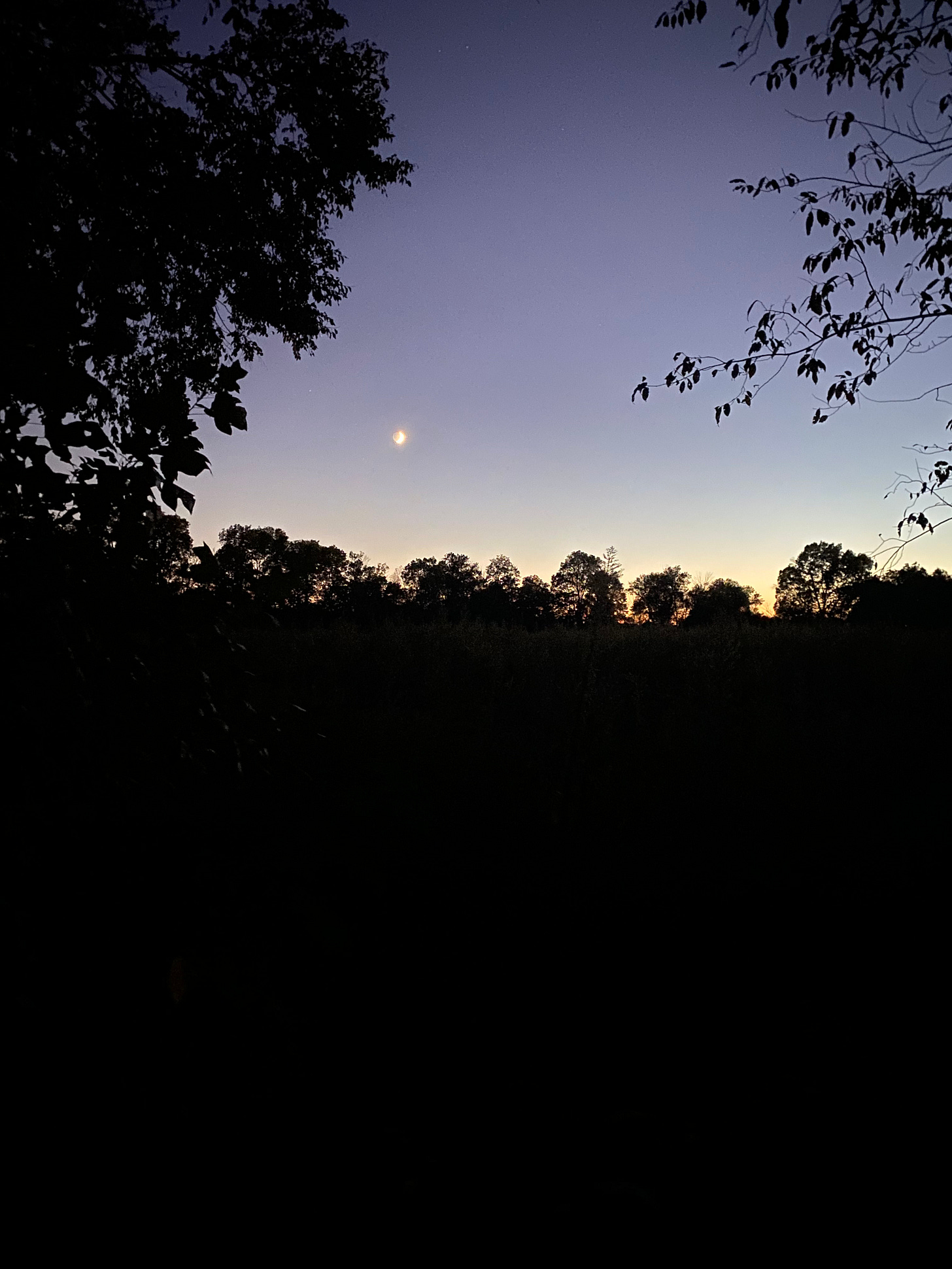

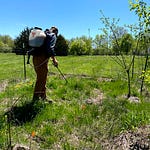
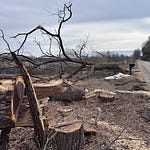
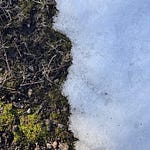
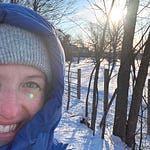
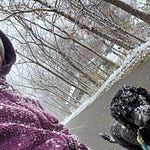
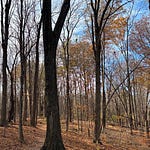
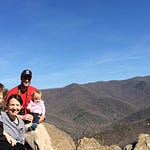
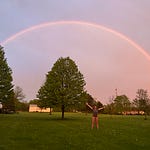
Share this post